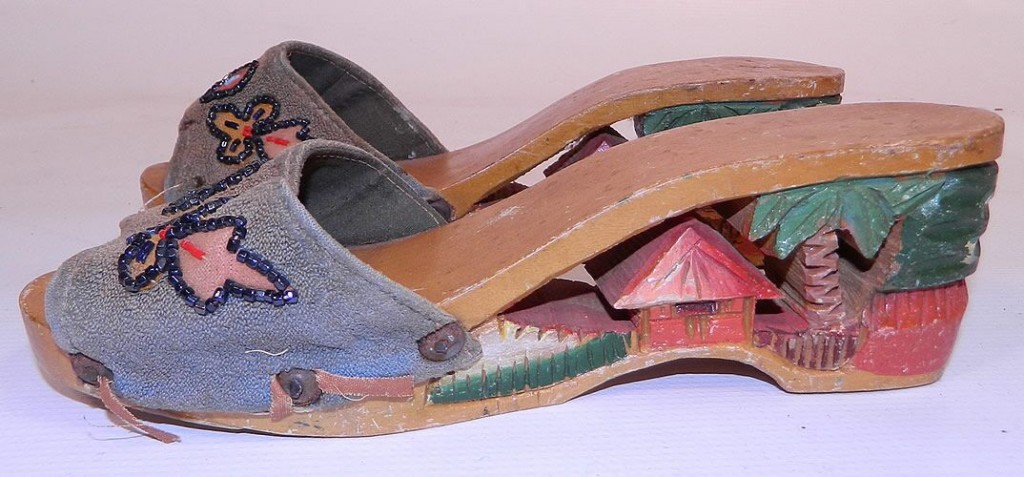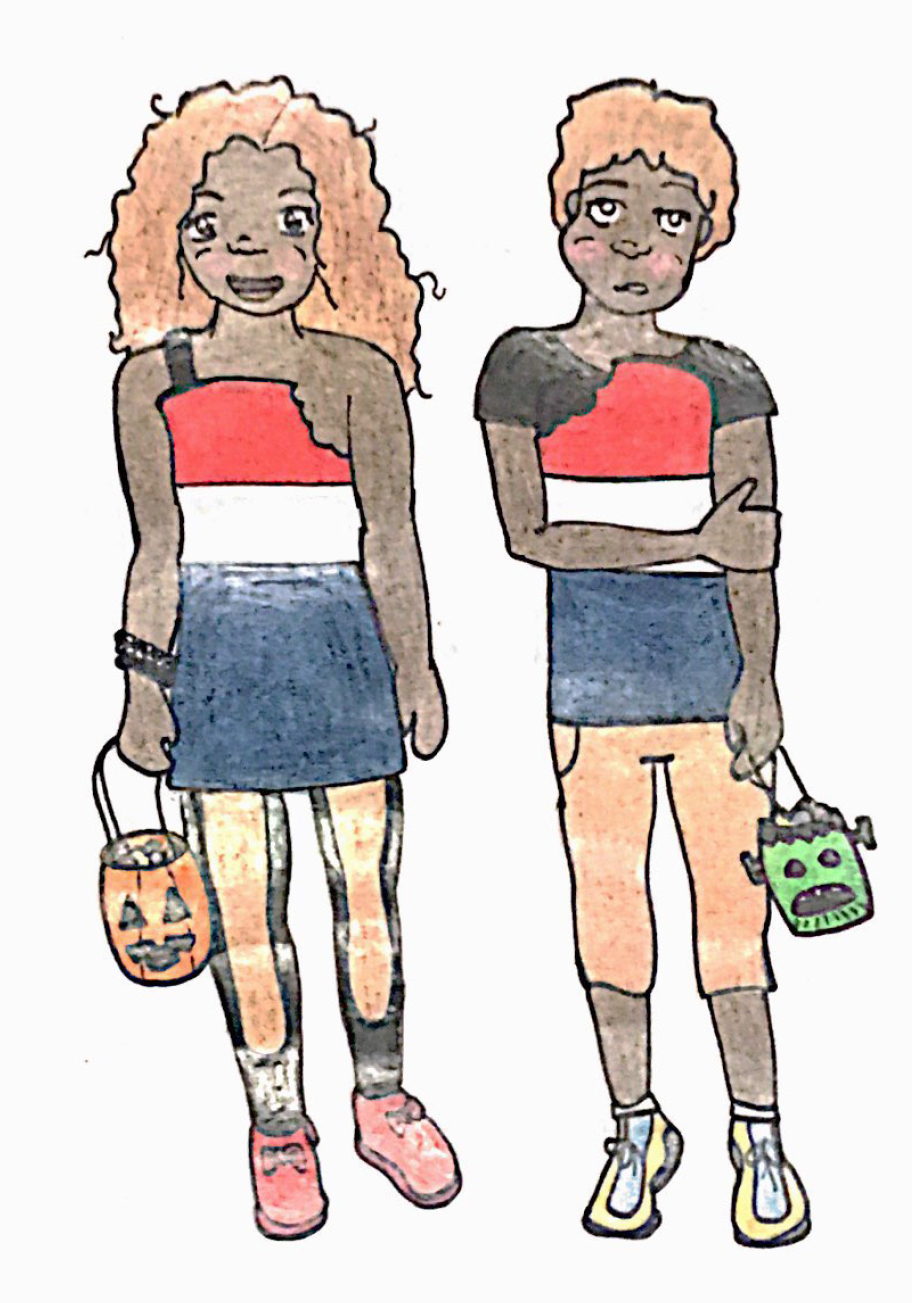
The shoe that transcends time
By Katie Czenczek, Staff Writer
With summer coming in hot, it’s really starting to seem reasonable to return to the beach, whip out your favourite pair of flip-flops, and take in the sun. Sandals are just ready to be worn. Whether you’re rocking $3 flip-flops from Old Navy or Fenty’s $100 fur slides, it might do you some good to learn a little about these functional yet fashionable footwear; especially since people have been wearing them for approximately 10,000 years now.
Even the first civilization, Mesopotamia, believed in this solid footwear. Ancient Sumerians crafted sandals out of animal hides and curled their footwear up into a point, like an elf. The curve at the front of the shoe determined a person’s status, where the more upturned a sandal, the higher class you were..
Ancient Egyptians and Greeks followed suit and also used sandals to determine a person’s status. The Greeks even dyed their sandals different colours to show if someone was a part of the aristocracy, a child, or a bride.
For Egyptians, it was the material that determined a person’s place in the world. Pharaohs wore sandals made out of animal hides and were stitched together with a softer inner sole, harder outer sole. Everyone else wore sandals made out of braided papyrus.
Now, for early Japan, sandals called “getas” were where it was at! Getas were made out of wood with black thongs to keep the shoes in place. Japan is the only place where socks and sandals are socially acceptable. These sandals were paired with Tabi—a fabric made out of cotton and dyed white that was worn up to the ankles. Getas could be the inspiration for modern platform sandals, which is one of my personal favourite sandal trends right now.
Whether you love gladiator sandals or hate them, the Romans were largely responsible for inspiring the trend that emerged a couple of years ago. They began styling the shoes with elaborate caged-like straps running up their calves, and it is believed by some historians that their sandals helped the Roman Empire expand even further. This was because while everyone was still shoeless, Roman soldiers wore sandals. The foot protection not only improved their style, but also let them travel that much further. Who knew that the secret to world domination was to have the right footwear?
Allegedly, when Christianity became more normalized in Rome, that is when sandals were ditched for a more conservative shoe. Your boy Jesus may have even been wearing Jerusalem 100s before people decided that toes were indecent things to show in public life. The notion that bare feet were inappropriate possibly lasted until the early 20th century in the West.
When hemlines rose, and legs were exposed, that’s when sandals were reintroduced in the Western world. They did not catch on completely in the United States until World War II, with most credit for the comeback attributed to the Philippines. Filipinos took the Japanese Getas to the next level and carved ornate designs into the sides of the platforms. When American soldiers came to aid the Philippines against Japan, they came home with these decorated platforms and caused a sandals craze.
Although the styles have (sort of) changed over the centuries, the barely-there footwear has managed to pass the test of time, always returning to the fashion scene. As you dust off your favourite pair of summer shoes, marking their emergence from hibernation, now you at least know where they came from.

